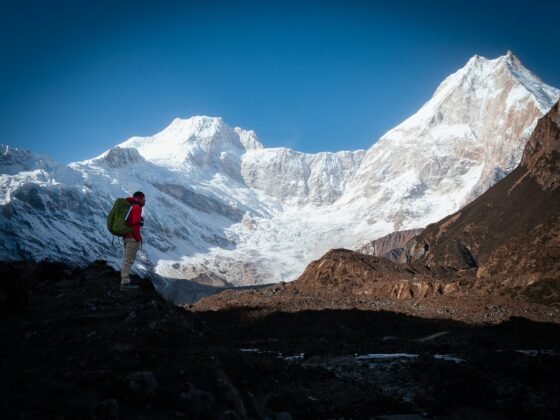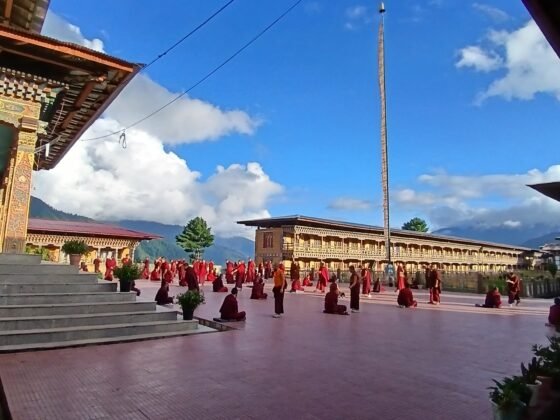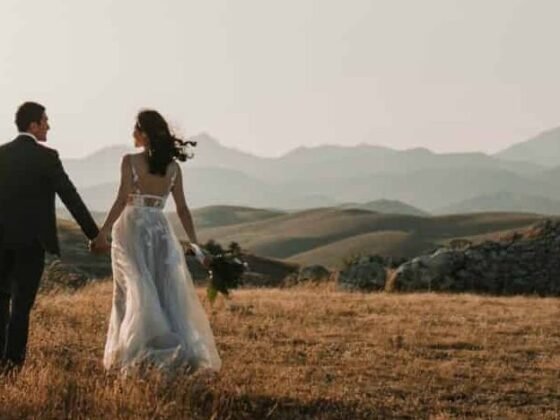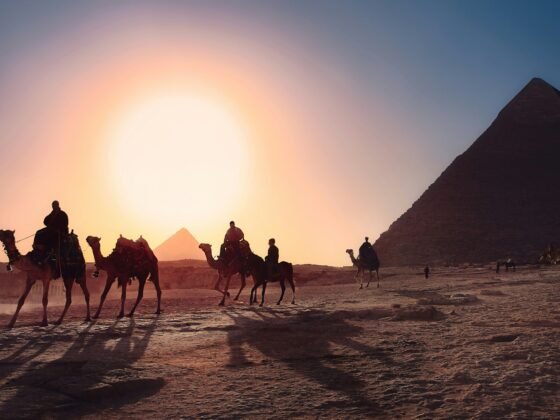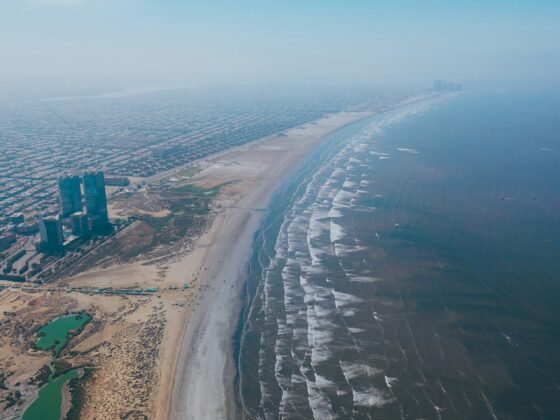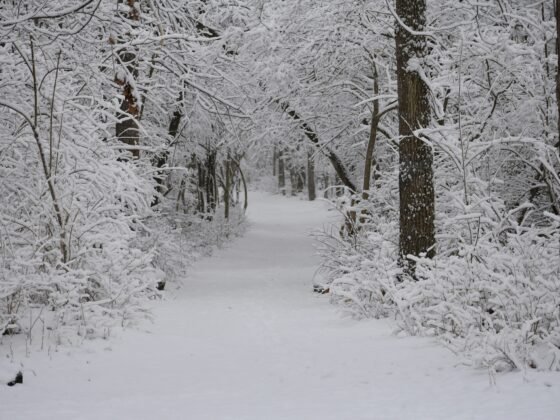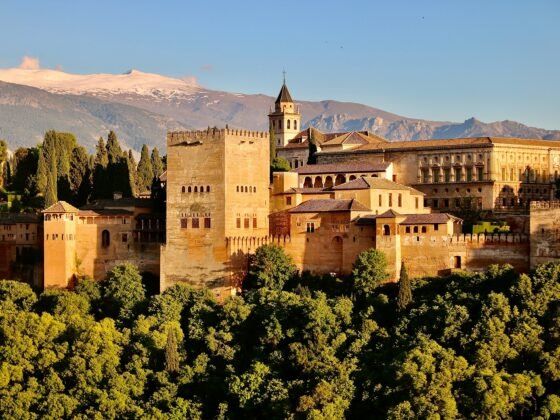The Garfagnana is a picturesque and largely untouched region nestled in the northern part of Tuscany, Italy, bordered by the Apuan Alps to the west and the Apennines to the east. This area, often overshadowed by the more famous Tuscan destinations like Florence and Siena, offers visitors a glimpse into a quieter, more traditional way of life, with stunning natural landscapes, rich history, and a strong local culture.
Geography and Natural Beauty
The Garfagnana is characterized by its dramatic and diverse geography, with lush valleys, deep forests, and rugged mountain peaks. The Apuan Alps, known for their marble quarries (which supplied the stone used by Michelangelo for his sculptures), dominate the western skyline. The region is a haven for outdoor enthusiasts, offering numerous hiking and trekking opportunities, especially in the Parco dell’Orecchiella, a protected nature reserve. The Apennines to the east provide equally scenic landscapes, dotted with picturesque villages and medieval fortresses perched on high ridges.
The Serchio River, which flows through the Garfagnana Valley, is central to the region’s geography and provides a source of fertile land for agriculture. The river is a focal point for several of the area’s charming towns and villages, many of which have roots dating back to the Roman period. The mix of valleys, mountains, and rivers creates a landscape that is both striking and serene.
History and Culture
The Garfagnana has a rich historical heritage, shaped by its strategic location between Tuscany and the Emilia-Romagna region. Its history dates back to ancient times, with traces of Roman settlements and medieval fortifications still visible today. During the Middle Ages, the region was often a battleground for local powers, and several castles and fortresses were built to defend the area. These historical landmarks, such as the Castello di Verrucole and the Rocca di Camporgiano, provide visitors with a tangible connection to the region’s past.
The area is also known for its strong cultural traditions, which remain very much alive. Small villages in the Garfagnana are still home to artisans who specialize in making local crafts, from hand-woven textiles to wooden furniture. The Garfagnana’s cuisine is also deeply rooted in its agricultural heritage, with a focus on simple, hearty dishes made from locally grown produce and meats. Wild boar, mushrooms, chestnuts, and beans feature prominently in the regional cuisine. One of the most famous dishes is tordelli, a type of stuffed pasta that is often served with a rich meat sauce.
Economy and Agriculture
Historically, the economy of Garfagnana was based on agriculture, forestry, and pastoralism. The fertile lands around the Serchio River are still used to cultivate crops such as beans, maize, and chestnuts. Chestnut farming remains a significant part of the region’s agricultural identity, and the Garfagnana is particularly known for its chestnut-based products, such as chestnut flour, which is used to make bread and cakes. The forests are also home to valuable timber resources, and the region is still known for its woodworking craftsmanship.
In recent decades, tourism has become increasingly important to the region’s economy. However, unlike the bustling Tuscan cities, the Garfagnana remains a relatively quiet and peaceful destination, attracting visitors who are looking for authenticity and a slower pace of life. Rural tourism, eco-tourism, and agritourism are growing sectors in the area, allowing visitors to stay on working farms, learn about traditional crafts, and explore the natural beauty of the region.
Conclusion
The Garfagnana region of Tuscany remains a hidden gem, offering an authentic experience of Tuscany’s rural and mountainous landscapes. Its natural beauty, historical landmarks, and rich traditions make it a perfect destination for those seeking a more off-the-beaten-path Italian experience. Whether you’re hiking in the mountains, savoring local delicacies, or exploring ancient villages, the Garfagnana provides a deep connection to the past while offering a serene and unspoiled escape from the more tourist-heavy parts of Tuscany.
Photo by Michael Kroul on Unsplash




